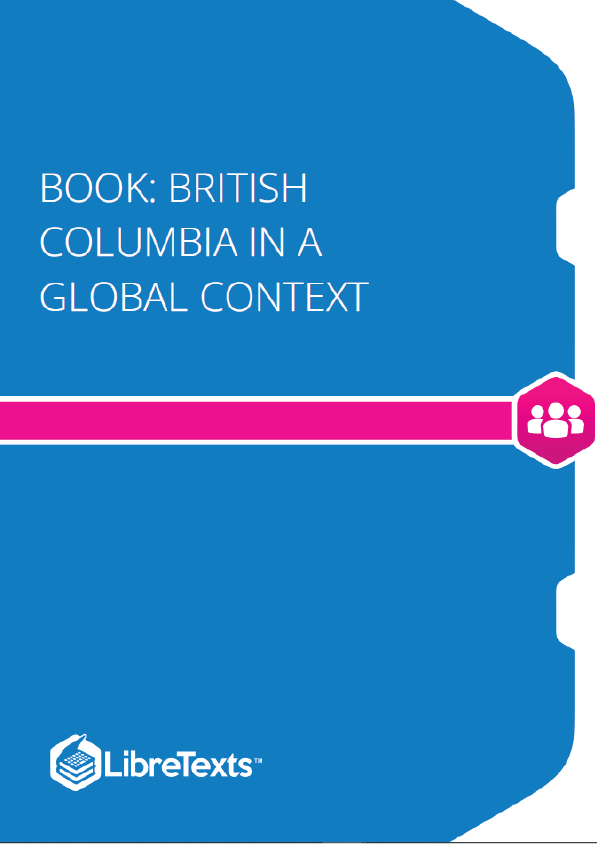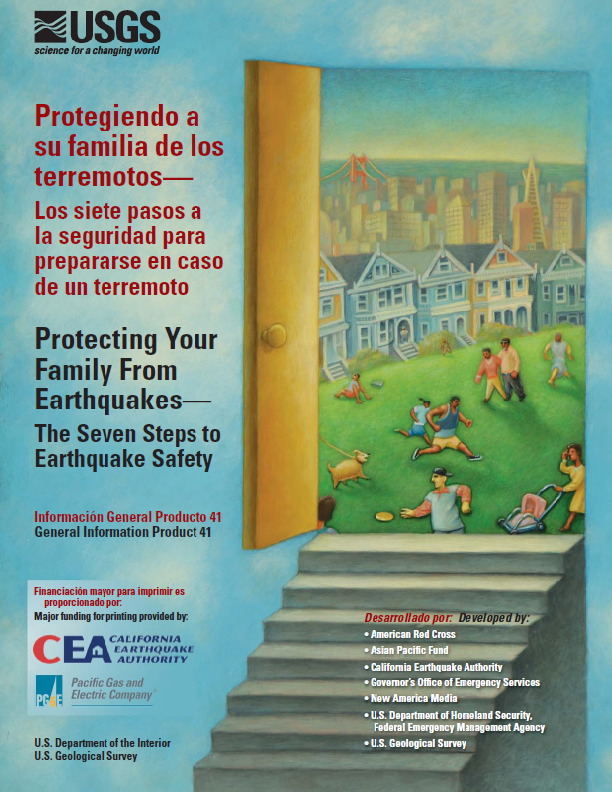This first-year geography textbook takes a holistic approach to geography by incorporating elements of physical, human, and regional geography, as well as bringing in methods and perspectives from spatial information science. This textbook applies a fundamental geographical approach to understanding our globally changing world by looking at local processes, which are linked to larger global processes and events. The textbook includes numerous case studies specific to British Columbia as well as a number of suggested service learning activities.
This chapter focuses on understanding the role and processes of urbanization in the context of BC. In particular, it emphasizes recent understandings of urban sustainability and urban systems thinking. The primary goal, on finishing this chapter, is to have an understanding of the relationality and territoriality of cities; that is, understanding how cities exist in what geographer Doreen Massey calls a “global sense of place.” This will connect with the second goal of the chapter, which is to understand how cities are related to other places, and how cities are at the same time unique places. The concept of a global sense of place has three characteristics:
- Places have multiple identities and meanings. The meaning is dependent on the people who are experiencing a place.
- Places are more than physical locations; they are made up of processes.
- Places are not static, they are ongoing and ever changing because of relationships to other places.
A global sense of place means viewing every city as globalized or worldly precisely because of its relationship to other places, and the mobile processes that are ongoing in places. Likewise, a global sense of place means that the territoriality, or what makes a place unique, can be understood because other places are different.
Cities
A city, in its most basic sense, is a constellation of people and social, political and economic institutions and infrastructures within a physical location. While there is usually no agreed-upon population or socio-economic configuration for most cities, they are nevertheless understood to be discrete locations that are governed by political institutions (e.g., a municipal government with a mayor and city council), and city governments have the power to make laws and collect taxes from the people and businesses that inhabit it. Cities of course, do not exist in isolation from other places. They are connected to places near and far, to other cities and to rural communities and landscapes.
Cities are created through processes of urbanization, which combine various socio-economic, political, technological, and environmental processes that affect the way that cities are made up and how people live in them.
In British Columbia in 2011, there were 49 municipalities designated as cities, with an average population of 59,716 (Census data). The current (2014) total population of BC is 4,606,375, and 2,926,102 of those people live in cities. With more and more people moving to to cities within the province, we can ascertain that BC is undergoing a process of urbanization.











